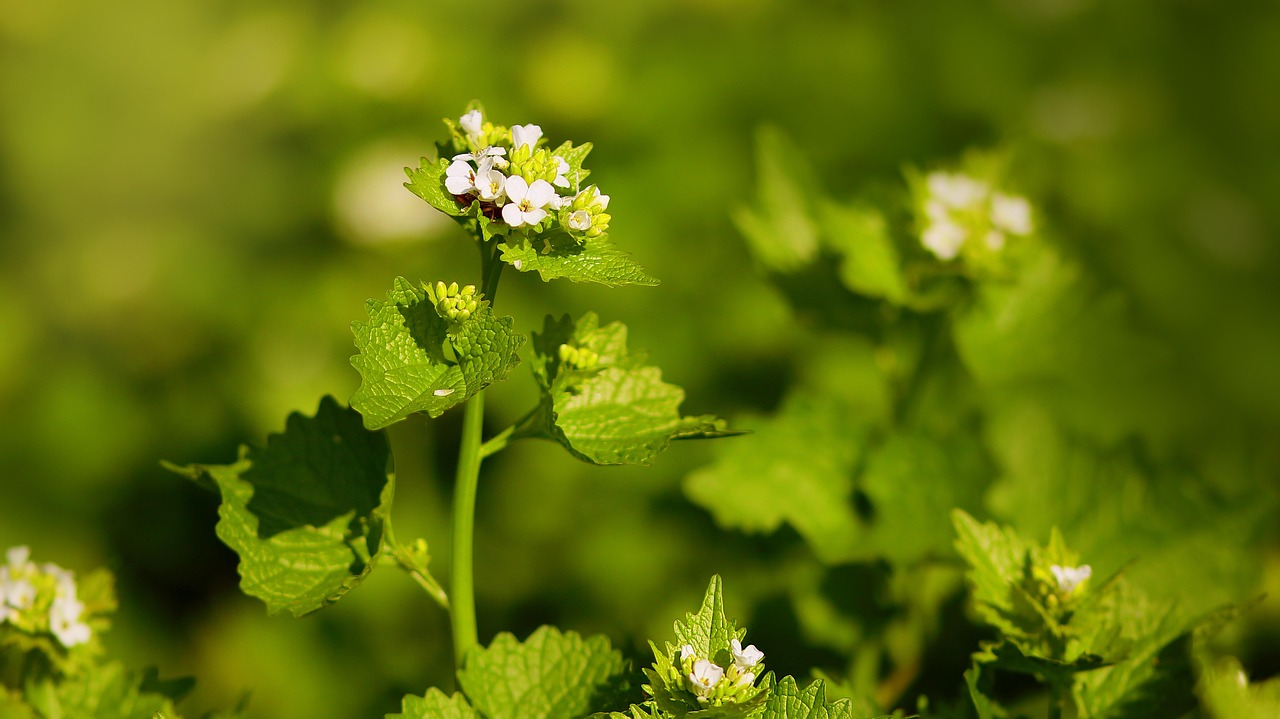
Garlic Mustard as a Medicinal Plant: Tips for Foraging & Use
Garlic mustard (Alliaria petiolata) is a wild herb native to Europe that blooms in spring. With its garlicky flavour, reminiscent of wild garlic, it’s a popular wild herb for foraging. However, its use as a medicinal plant has largely been forgotten, despite its valuable healing properties. Here, you'll learn how to identify, forage, and use garlic mustard, as well as discover its medicinal benefits.
This Article Contains:
- Garlic Mustard: What You Need to Know About This Herb
- Garlic Mustard: Medicinal Benefits & Uses
- Identifying & Foraging Garlic Mustard
- When Does Garlic Mustard Bloom?
- Risk of Confusion with Ground Ivy & Stinging Nettle
- Food Source and Nesting Site for Orange-tip Butterflies
- Frequently Asked Questions About Garlic Mustard
Quick Overview
Garlic Mustard (Alliaria petiolata): Plant Profile
- Family: Mustard family (Brassicaceae)
- Origin: Native to Europe and North Africa
- Growth habit: Herbaceous, biennial plant; grows 20 – 100 cm//7.9 - 39.4 in tall
- Habitat: Prefers nutrient-rich, partially shaded locations like forests, paths, and stream banks
- Edibility: All parts are edible – leaves, flowers, roots, and seeds; best harvested between March and June
- Flavour: Mustard-like, slightly pungent, reminiscent of wild garlic
- Medicinal Properties:
- Anti-inflammatory, antibacterial, and wound-healing properties
- Supports respiratory and urinary tract health
- Detoxifying: promotes digestion, diuresis, and blood cleansing
Garlic Mustard: What You Need to Know About This Herb
This wild herb is native to large parts of Europe and North Africa. Despite its name, garlic mustard is not actually related to garlic. It belongs to the mustard family (Brassicaceae), which you can recognise by its flowers, and forms its own genus, Alliaria. The plant is perennial and hardy, though all above-ground parts die back in winter.
Where Does Garlic Mustard Grow?
Garlic mustard is native to Europe and can be found almost everywhere from March onwards, especially in forests, along pathways, and near stream banks. It prefers wooded, partially shaded, and nutrient-rich locations.
Garlic Mustard: Medicinal Benefits & Uses
Garlic mustard is entirely edible: you can use the young leaves, shoots, and flowers either fresh or dried. The roots and seeds are also edible.
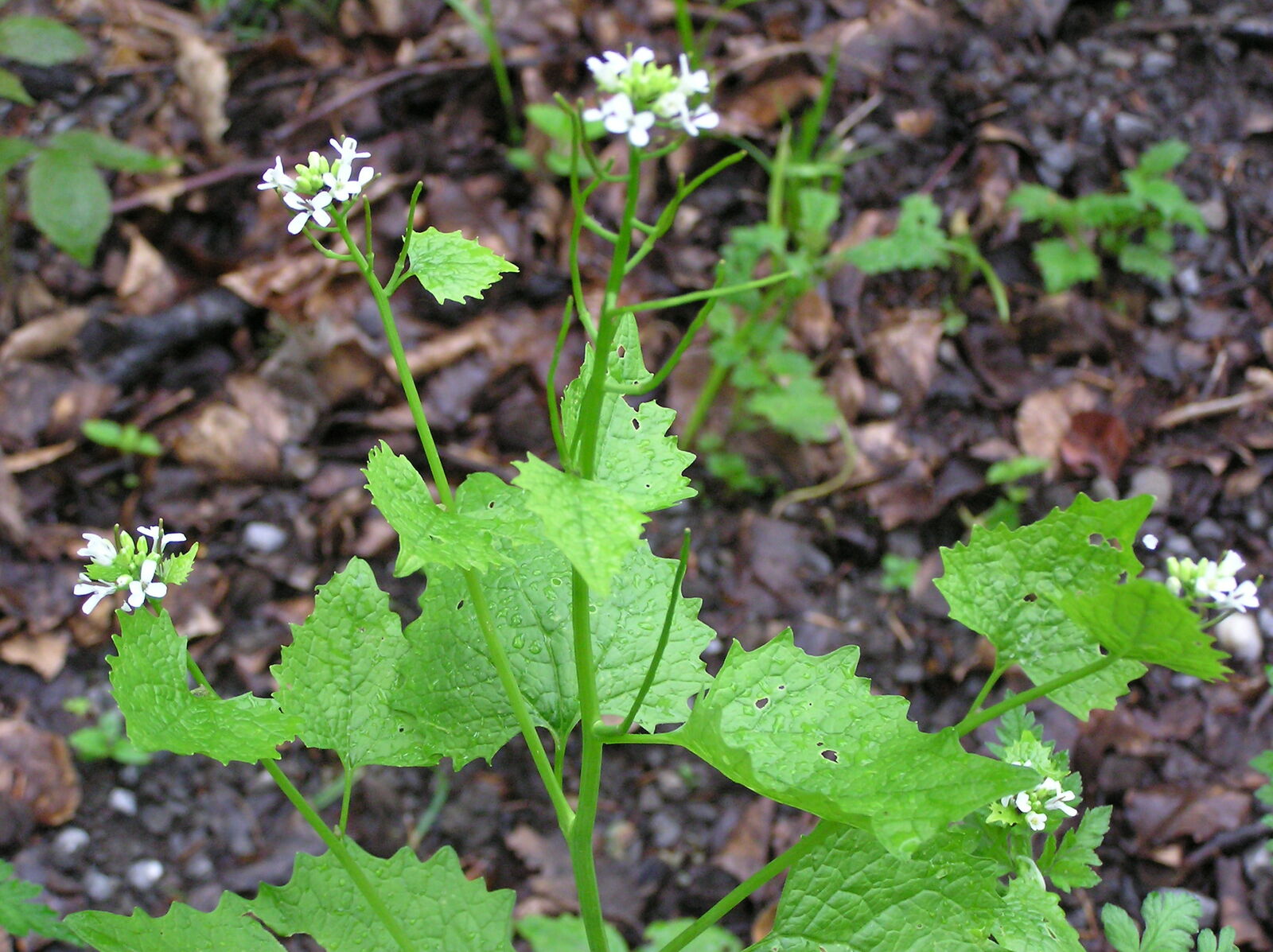
Helps with Inflammation and Colds
With its mustard-like, slightly pungent flavour, this wild herb is reminiscent of wild garlic. This taste comes from the glucosinolates found in all plants of the mustard family, which offer numerous health benefits. They help with respiratory and bladder infections, combat inflammation and mucus build-up, and support the immune system. A tea made from garlic mustard can soothe sore throats or bladder infections. However, its use as a medicinal plant has fallen out of favour over time, leaving it largely forgotten today.
Garlic Mustard for Detox and Wound Healing
Garlic mustard is rich in vitamins A and C, as well as trace elements, saponins, and tannins. The tannins support detoxification by promoting diuresis, cleansing the blood, and stimulating digestion — a common benefit of many spring herbs, which naturally aid the body’s detox processes. Saponins, on the other hand, have anti-inflammatory, antibacterial, and wound-healing properties, making garlic mustard tea a useful option for wound dressings as well.

Connect with Other Herb Enthusiasts!
Join the conversation with fellow gardeners and herb lovers in our Fryd community! It’s a friendly, supportive space where you can ask all your questions or simply share your experiences. Come and have a look — we’d love to welcome you!
Join the Community Here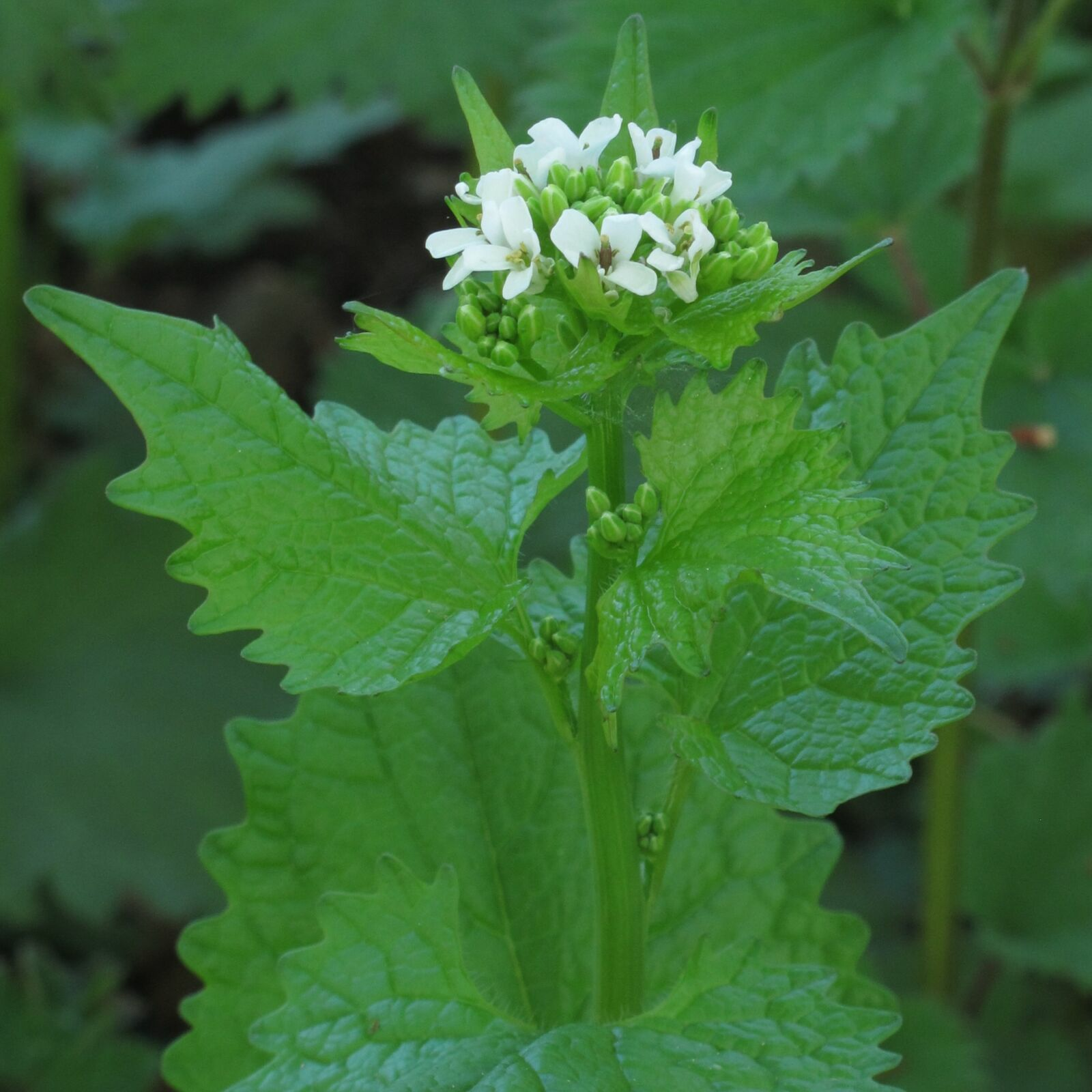
Garlic mustard (Alliaria petiolata) in bloom.
Identifying & Foraging Garlic Mustard

Garlic mustard (Alliaria petiolata) in bloom.
You can harvest the first young leaves from March or April until around June, depending on the location. Garlic mustard is a herbaceous plant that grows between 20 and 100 cm/7.9 and 39.4 in tall. It develops a square-shaped main stem, which can be slightly hairy near the base.
The leaves grow alternately along the stem. Garlic mustard is easy to identify by its slightly heart-shaped, hairless leaves with serrated edges. The heart shape is created by a small indentation where the leaf meets the stem. Thanks to its high content of mustard oil glycosides, the leaves have a distinctive garlic-like scent: sharp and pungent.
When Does Garlic Mustard Bloom?
Between April and August, garlic mustard produces small white flowers. These cruciform flowers have four petals arranged in the shape of a cross. The plant remains edible and safe to eat even during and after flowering — you can even harvest and enjoy the flowers!
Risk of Confusion with Ground Ivy & Stinging Nettle
Inexperienced herb foragers often mistake garlic mustard for ground ivy or stinging nettles. Distinguishing it from stinging nettles is quite simple: garlic mustard leaves don’t sting when touched.
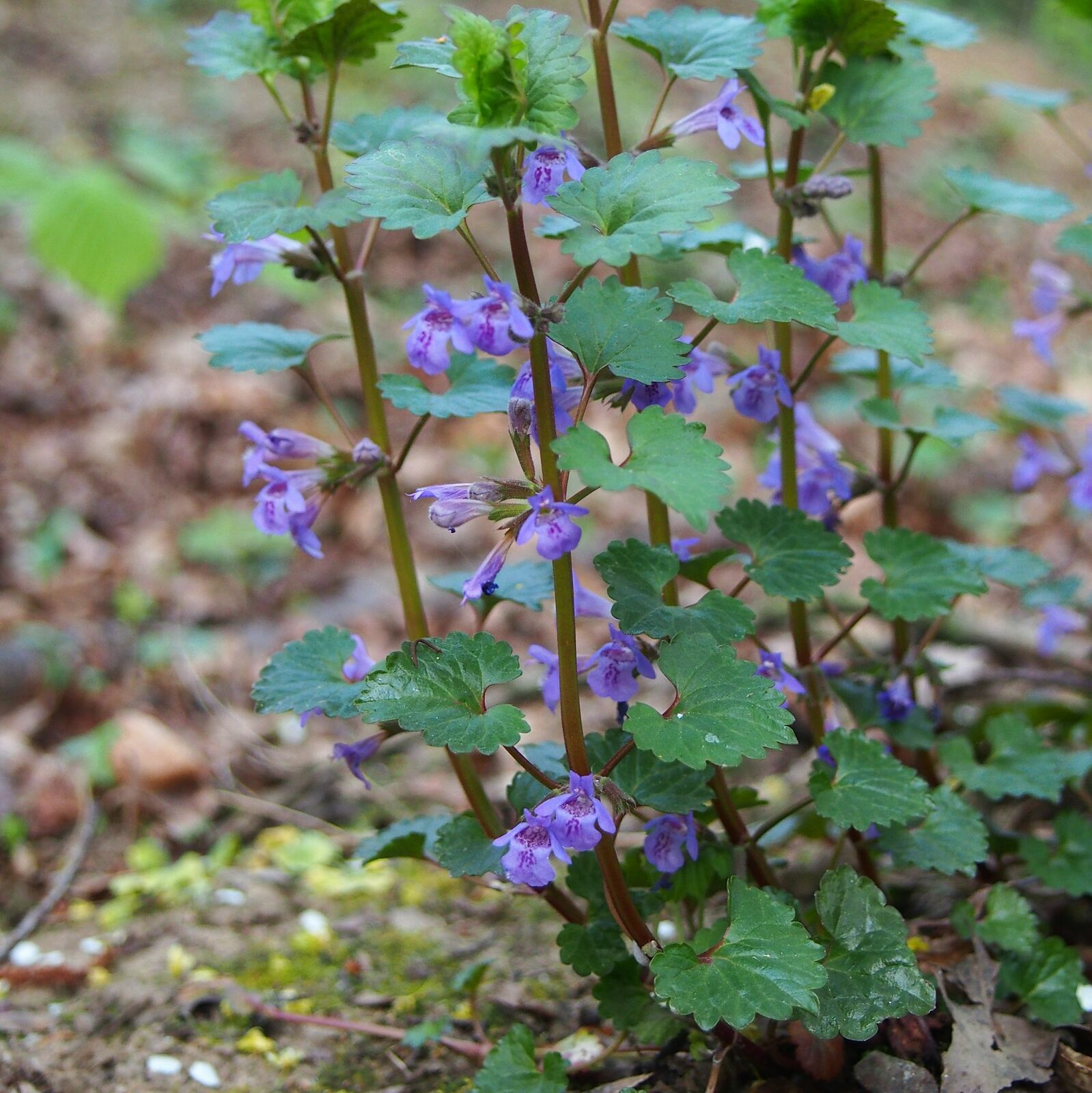
Ground ivy (Glechoma hederacea) has a similar leaf shape.
Confusion with Ground Ivy

Ground ivy (Glechoma hederacea) has a similar leaf shape.
Ground ivy (Glechoma hederacea) has similarly shaped leaves but grows differently. It grows along a trailing stem with opposite leaf arrangement, while garlic mustard leaves grow alternately. During the flowering period, the difference is even clearer: ground ivy has purple, lip-shaped flowers, while garlic mustard has white, cross-shaped flowers. Luckily, confusing the two isn’t a problem — both are healthy wild plants that can be used fresh or dried.
Food Source and Nesting Site for Orange-tip Butterflies
The larvae of the orange-tip butterfly (Anthocharis cardamines) love the juicy leaves and seeds of garlic mustard. In general, this butterfly is fond of plants from the mustard family, with garlic mustard and cuckooflower (Cardamine pratensis) being among its favourites. Adult butterflies enjoy the nectar of these plants as well as other crucifers, such as annual honesty (Lunaria annua) and dame's violet (Hesperis matronalis). All in all, garlic mustard is a fantastic plant for supporting this species.
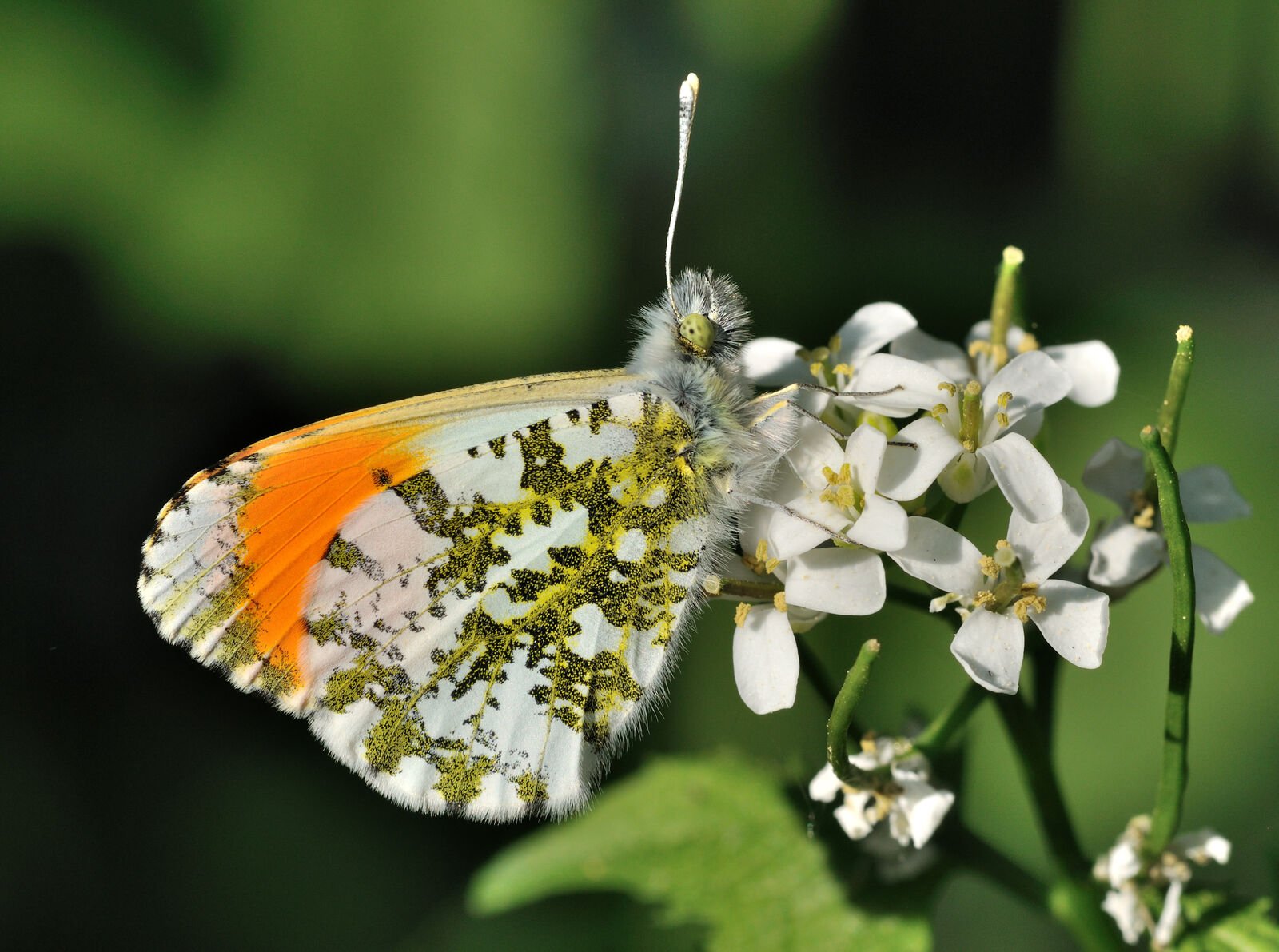
Orange-tip butterflies are a beautiful sight and are commonly found in many areas. You’ve probably seen one before — and if not, now's the perfect time to start looking out for them. You’ll most likely spot them in dry, nutrient-poor to damp meadows or in light, open woodlands.
If you have any questions or comments, please write to us at [email protected]. Would you like to receive helpful gardening tips all year round and plan your own beds optimally? Then register here or download the Fryd app for Android or iOS.
Fryd - your digital bed planner
Cover Image by SimoneVomFeld on Pixabay.

Marie
Marie is an agronomist. She is particularly interested in the sustainable and organic cultivation of vegetables and other plants. In her own garden, she gained experience and likes to try things out to learn from nature. She is particularly interested in the values and principles of permaculture, in order to contribute not only to the well-being of nature, but also to the well-being of people and future generations.
Learn MoreCurrent Topics in the Community
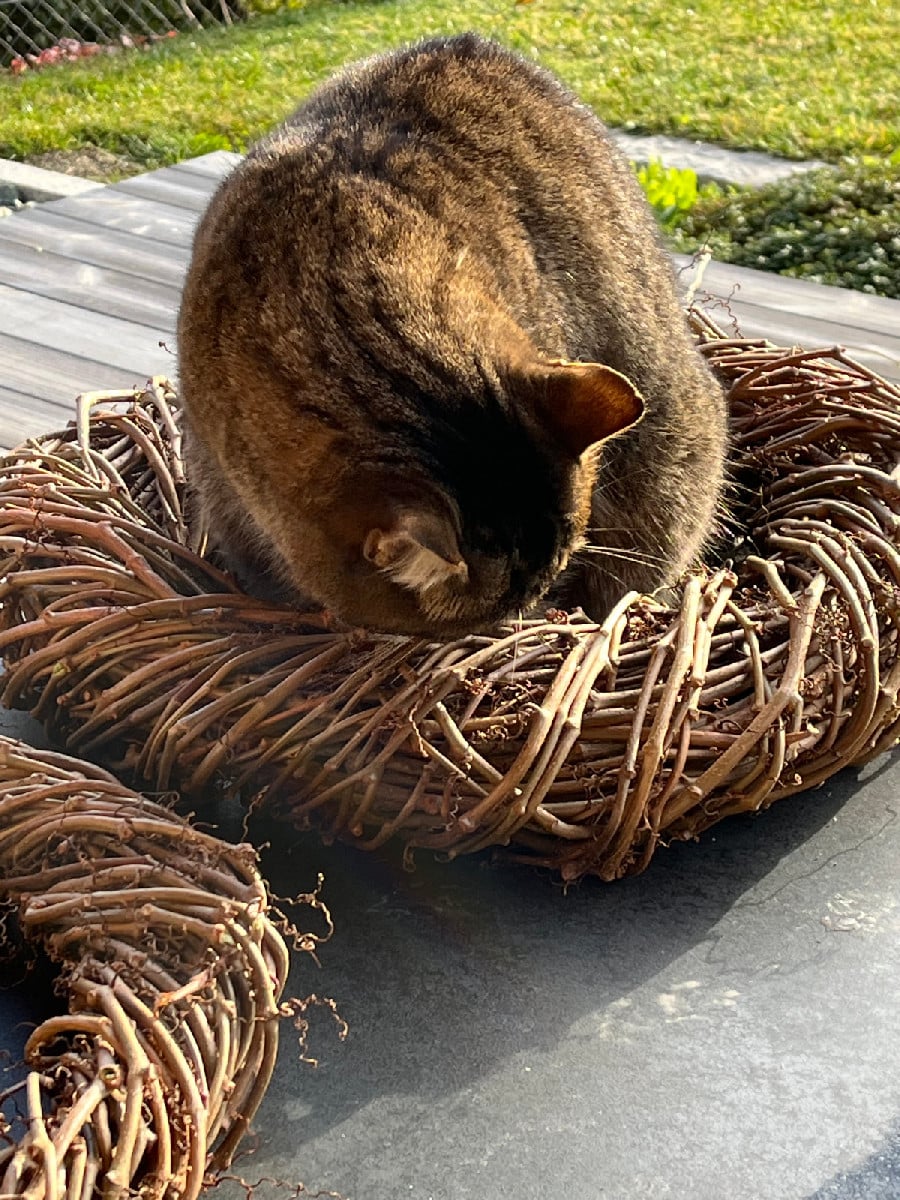
Liked 4 times
We seem to have slightly different ideas about an Advent wreath 😂😂
Show 3 answers
Liked 13 times
🎄 December in the Fryd Gartencommunity❄️ Hello dear community, We are looking forward to December with you and would like to thank you for the gardening year together. Thank you for being part of our community. 🌟 As a thank you, we have thought of something for December. There's a whole package of prizes to be won to help you through the gardening year. From 03.12.-17.12. you can win the individual prizes in our Instagram competition: https://www.instagram.com/p/DRz5J0_CP1m/?img_index=1 On 17.12. our December challenge will start here in the community, where you can win a package with all the prizes. 🎁 You can win on Instagram: ✨Träumen & Planen : On 7.12. we are giving away two vouchers for the StaudenMarie online shop 🌱Planting & caring: On 10.12. we are giving away two Gardena Micro-Drip systems 🫙Making it last: On 14.12. we are giving away two Lieblingsglas Fermenting Set | Basic 🍜Enjoy : On 17.12. we are giving away two Fungifeeds enjoyment packages (Package 1: Organic Spread Bundle - Mushroom Paté & Mushroom Fois Gras & Organic Umami Salt; Package 2: Shiitake Miso Ramen Bundle) 💚 The challenge starts on 17.12 in the Fryd app. The prize consists of: 1x StaudenMarie online store voucher ✨, 1x Gardena Micro-Drip-System 🌱💧, 1x Fermentation Set | Basic 🫙and Creamy Tonkotsu Style Mushroom Ramen from Fungifeeds 🍜 On top of that, there's a Super Fryd Lifetime subscription. We're keeping our fingers crossed for everyone and wish you a wonderful Advent season💫
Show 3 answers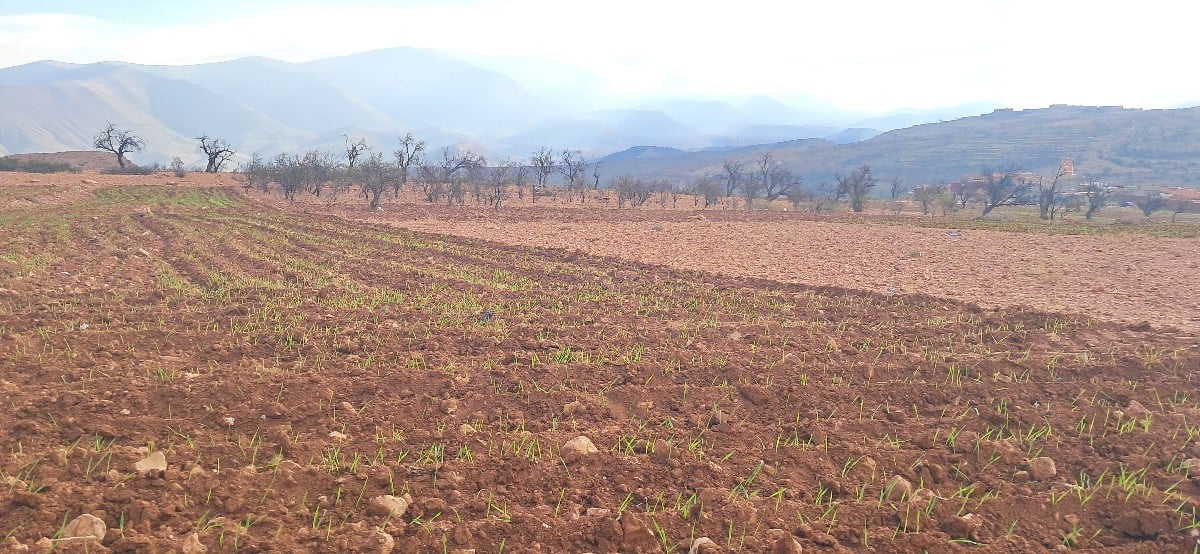
Liked 14 times
These are barley seeds starting to sprout in the Atlas Mountains of Morocco, the weather right now is cool and suitable for them, there is no irrigation system in this fields, all depending on rain to grow. We had continues 7 years of droughts, hopefully it will end this year.
Show 7 answersPopular Articles
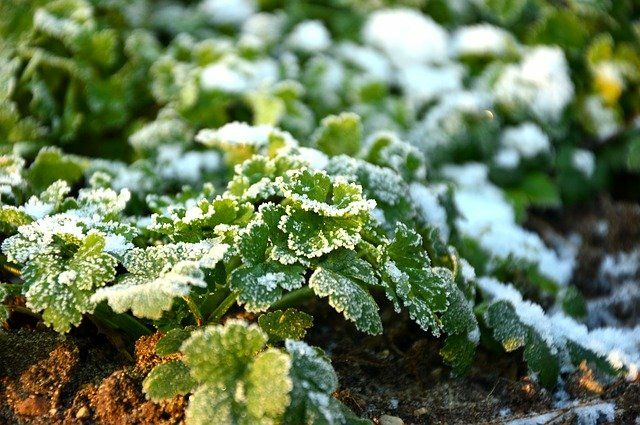
Overwintering Parsley: How to Do It Successfully
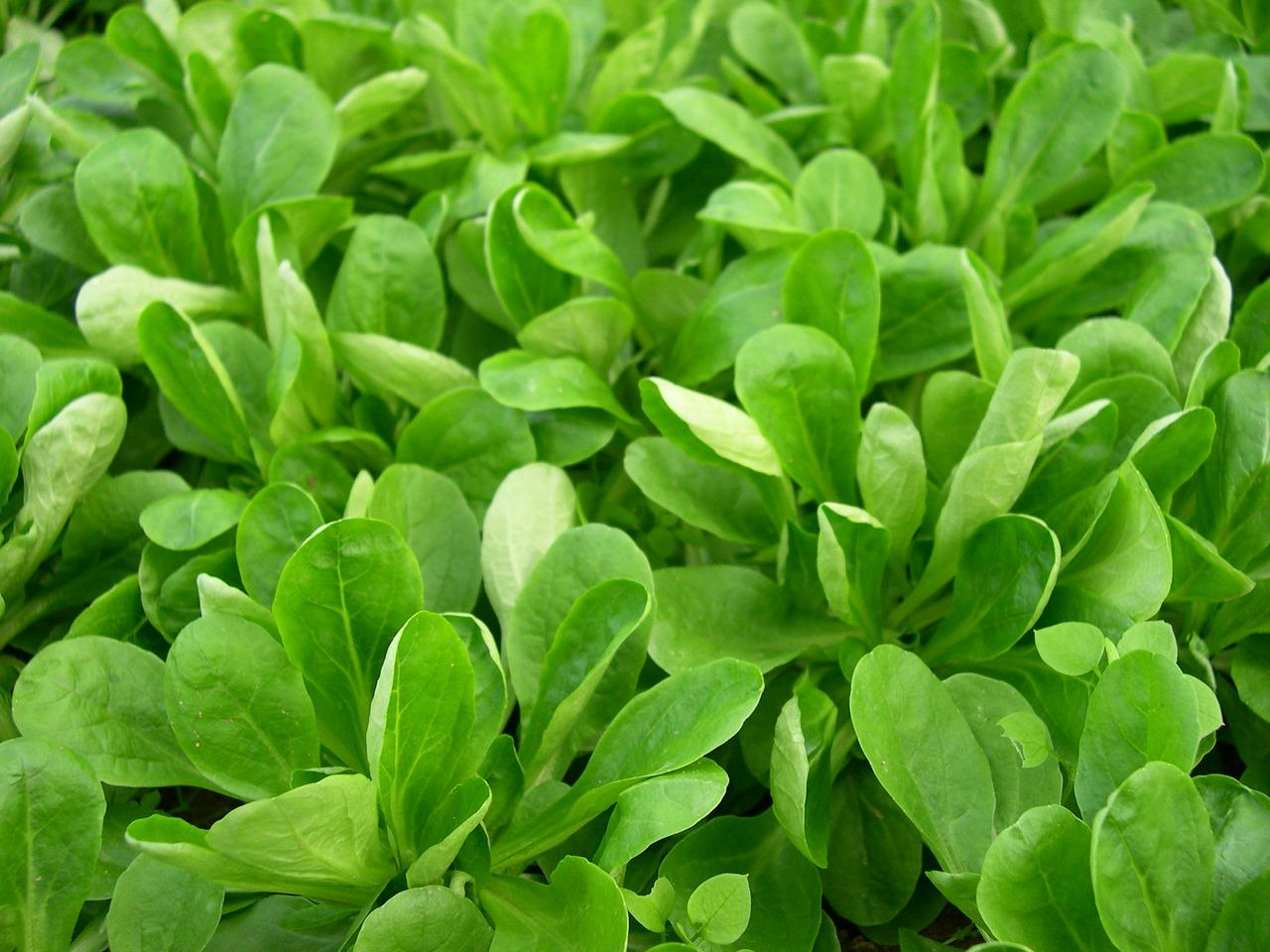
How to Grow Lettuce in Winter: Varieties, Sowing, Harvesting

Growing Sage Plant: Tips for Sowing and Harvesting
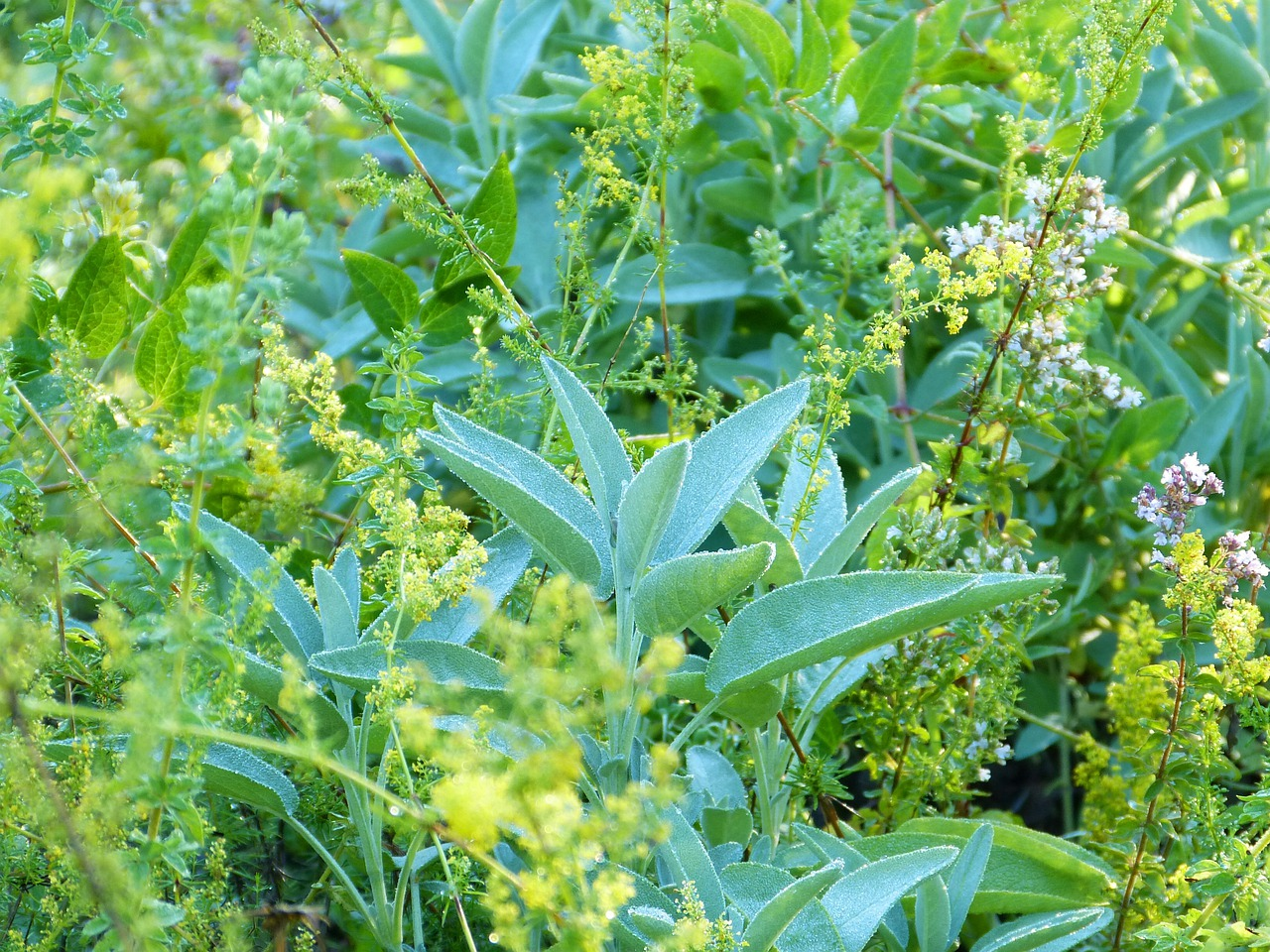
What Herbs Can Be Planted Together?
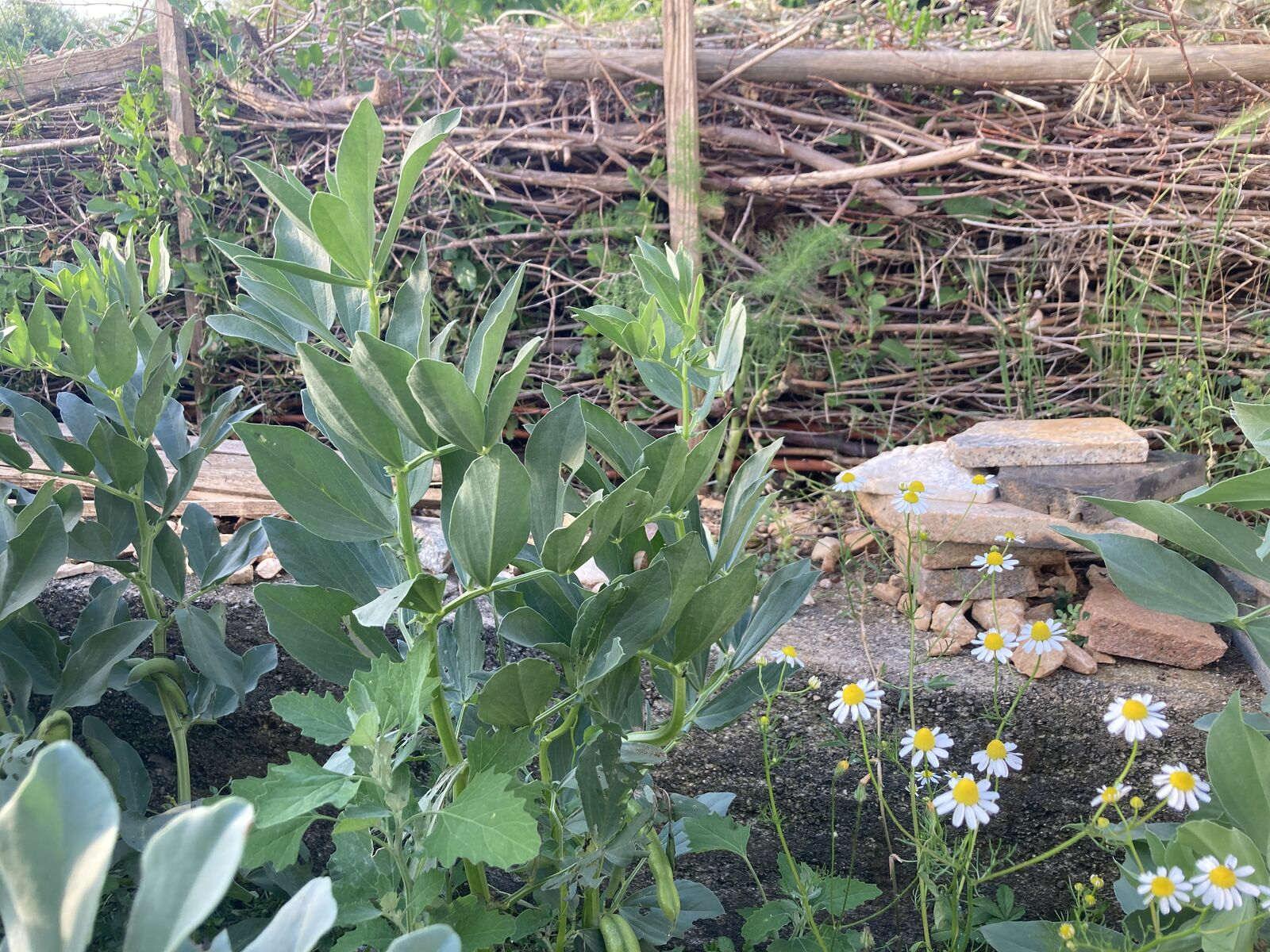
Create & Design a Permaculture Garden
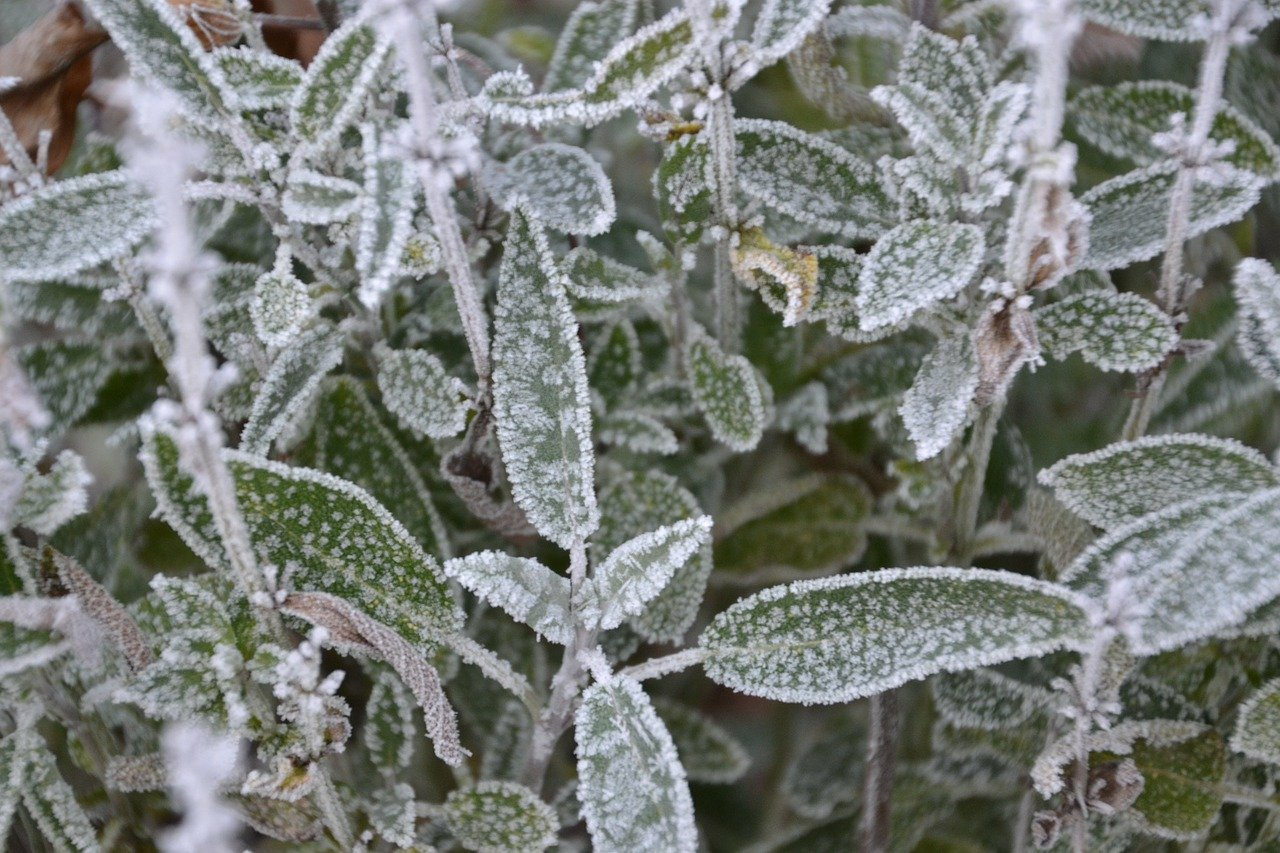
Overwintering Plants: Tubs, Pots and Raised Beds

Pruning, Fertilizing & Propagating Currants: Care Tips
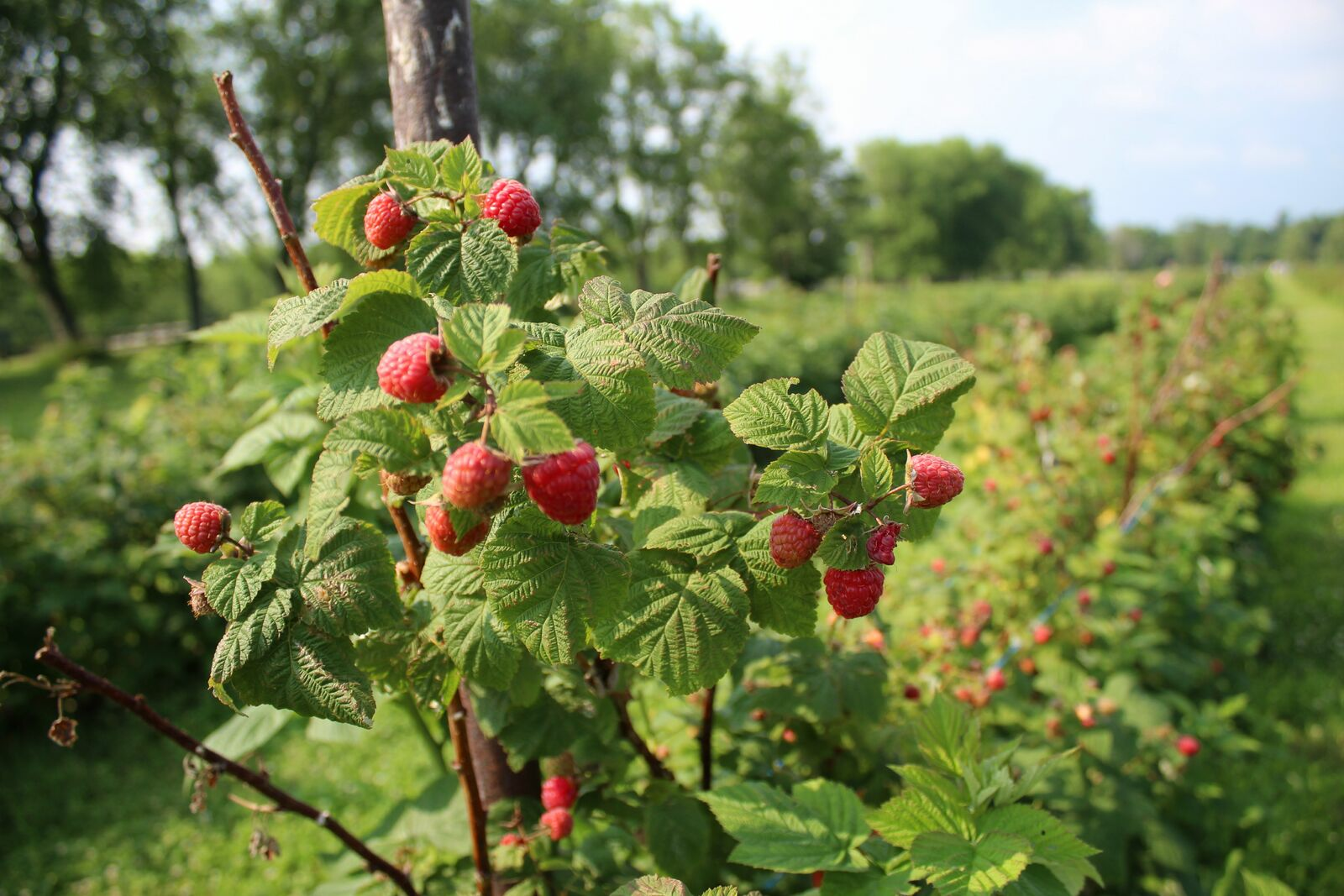
Pruning Raspberries: How to Do It
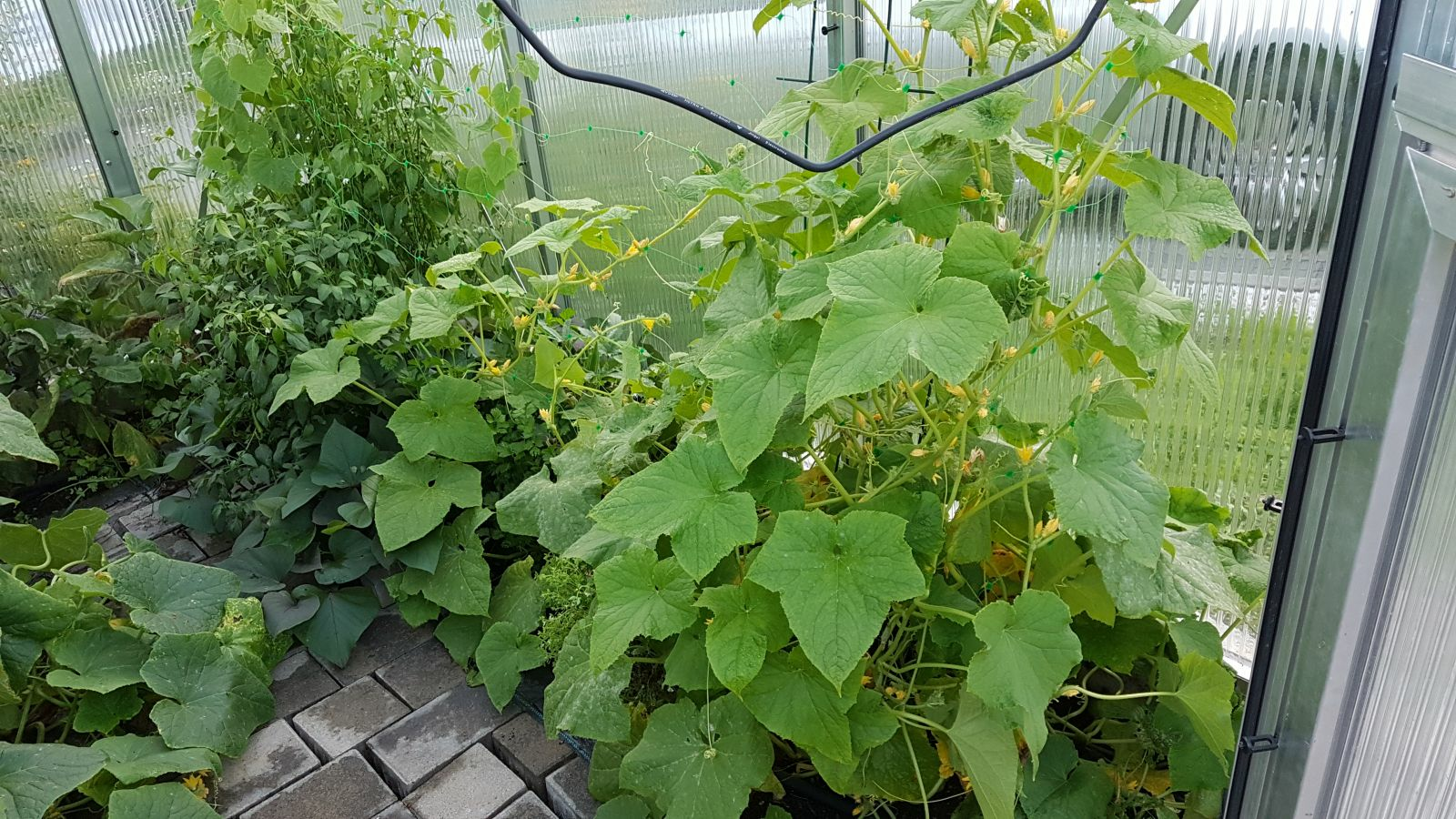
Vegetable Garden With Greenhouse: How to Use Greenhouse Effect
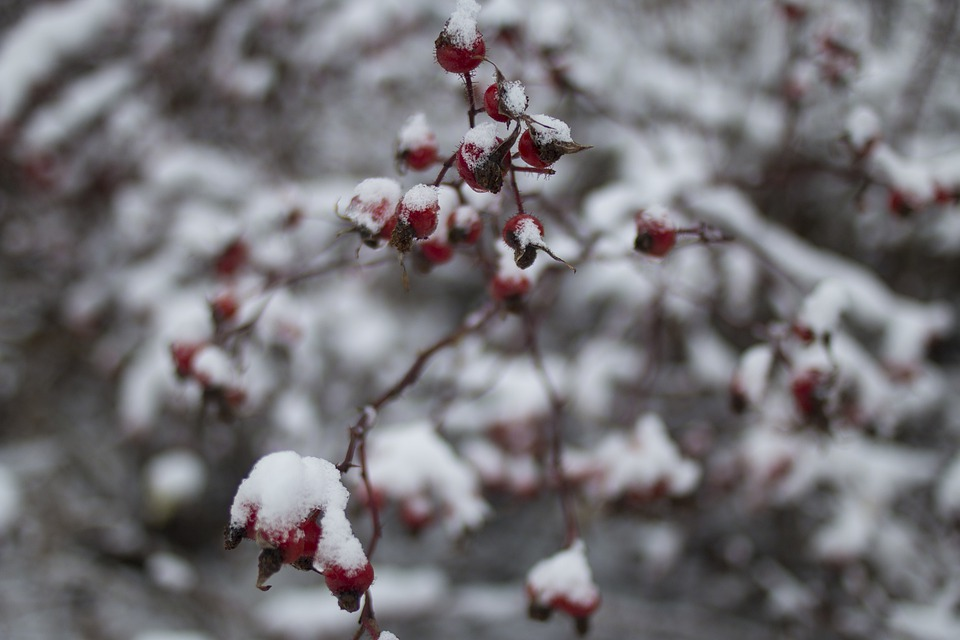
Winterizing Beds and the Garden: How to Do It
FAQ
When can you harvest garlic mustard?
The best time to harvest is between March and June, when the leaves are still young and tender.
Which parts of garlic mustard are edible?
All parts are edible — leaves, flowers, seeds, and roots.
How can you identify garlic mustard?
By its heart-shaped, serrated leaves with a garlic-like scent and white, cross-shaped flowers.
What are the medicinal properties of garlic mustard?
It has antibacterial, anti-inflammatory, decongestant properties and supports digestion.
Where does garlic mustard prefer to grow?
In nutrient-rich, partially shaded areas like forests, pathways, and stream banks.